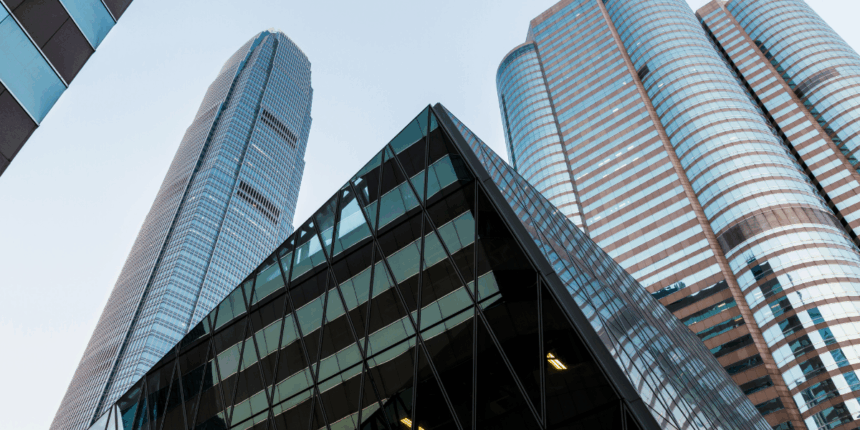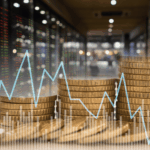A noticeable trend has emerged where wealthy American consumers increasingly venture to Europe in pursuit of luxury goods. This unusual travel pattern arises from the desire to mitigate the financial impact of tariffs imposed on luxury products imported to the United States. Such trips, while expensive, provide an opportunity to bypass these economic barriers to some extent, allowing the travelers to potentially save on their purchases and enjoy an extravagant European shopping experience simultaneously.
Comparison with previous instances highlights that the luxury sector has faced challenges like tariffs and a downturn in tourism. Brands such as LVMH, Prada, and Moncler have reported a noticeable decline in American customers traveling to Europe, affecting their performance. Notably, LVMH has observed a 9% decrease in sales in its fashion division, attributed partly to altered spending patterns among tourists.
How Do Travelers Circumvent Tariffs?
Some travelers manage to reduce their costs by avoiding declaring their international purchases upon arriving in the U.S., a step required by customs regulations. This unofficial method capitalizes on the difficulty customs agents face in determining whether worn items are recent purchases.
Do Savings Justify the Trip?
Many wealthy tourists affirm that the cost savings achieved can justify their travel expenses. Alongside lower base rates for luxury goods, favorable currency exchange rates play a significant role in offering additional savings. Moreover, obtaining refunds on the Value Added Tax (VAT) paid in Europe further alleviates the price burden, making such trips potentially advantageous.
While some travelers are more focused on the experience rather than cost savings alone, combining vacation pleasures with shopping opportunities enhances the allure of these journeys. The chance to explore European cities while engaging in high-end shopping makes the endeavor fulfilling beyond the mere economic benefits.
Wealthier travelers are less restrictive in their spending habits, which provides some form of immunity to factors curtailing travel for lower-income groups. Yet, the overall economic environment persists in influencing consumer behavior at large, necessitating nuanced strategies from luxury brands.
Luxury brands, possessing varying capacities to adjust some of their pricing amidst US tariffs, have navigated these waters with differing tactics. Responses pivot around how much cost increase they believe consumers will absorb without reducing sales. The reaction to tariffs reflects broader shifts in how global economic policies influence consumer decisions across income brackets, notably affecting luxury brand dynamics.
Understanding these global purchasing behaviors enhances insight into both consumer adaptability and market resilience in response to evolving economic conditions. For brands, adapting pricing strategies and anticipating travel trends remain essential in maintaining their appeal. Hence, recognizing and leveraging these patterns could serve as a strategic advantage for companies operating within the luxury sector.










